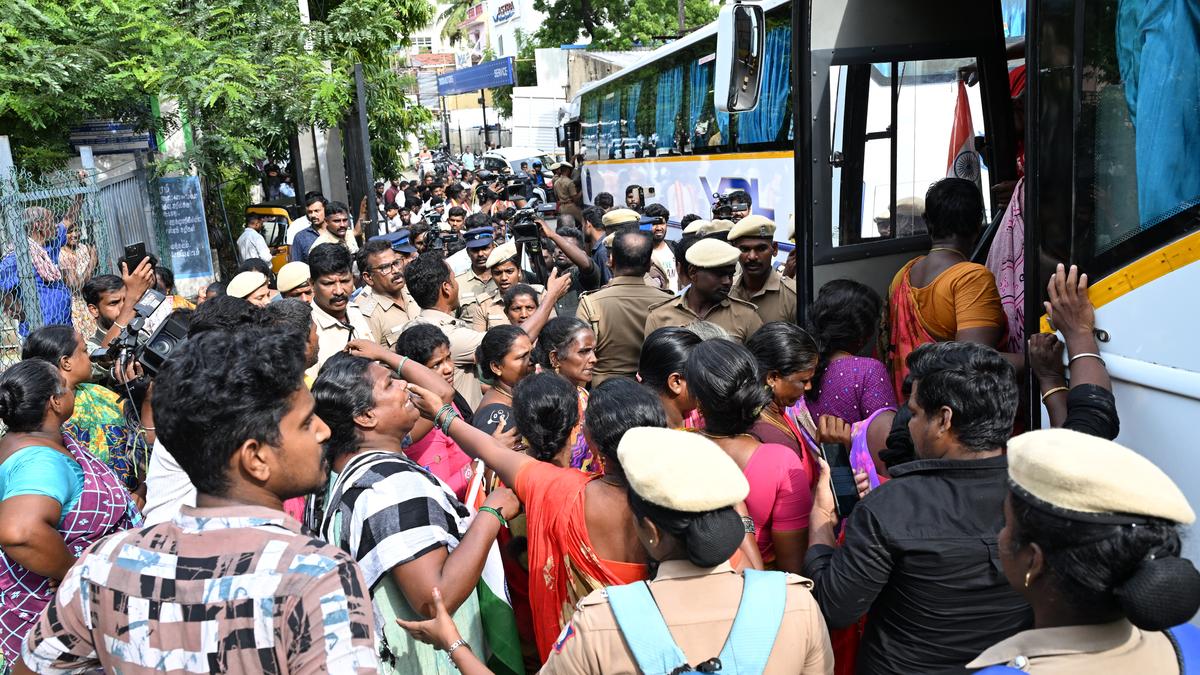Now Reading: Relentless Rains Trigger Flooding in North Odisha
-
01
Relentless Rains Trigger Flooding in North Odisha
Relentless Rains Trigger Flooding in North Odisha
Swift Summary
- Over 100 villages in balasore, bhadrak, and Jajpur districts of Odisha have been marooned due to flooding caused by incessant rains under the influence of a low-pressure area.
- Many blocks in Balasore district are inundated; Dhamnagar and Bhandaripokhari blocks in Bhadrak district have seen floodwaters enter homes.
- Some areas of Jajpur district have also submerged due to rising floodwater levels.
- Subarnarekha and Baitarani rivers were reported above danger levels at three locations, with water nearing the danger mark at several river gauging sites as per the Water Resource department.
- Rescue operations are underway with deployment of Odisha Disaster Rapid Action Force and Fire Service personnel.
- A fresh low-pressure area has formed over the Bay of Bengal, predicted to cause heavy rainfall across major parts of Odisha until August 29.
- IMD issued a yellow warning for southern districts including Jajpur, Dhenkanal, kendrapara, Jagatsinghpur, Cuttack, Mayurbhanj, Keonjhar, Rayagada, Gajapati and Koraput. Weather predictions include heavy rain accompanied by gusty winds (30-40 kmph), thunderstorm and lightning.
Indian Opinion Analysis
Several districts in Odisha face meaningful challenges from floods triggered by recurring low-pressure systems over the Bay of Bengal. with over 100 villages affected across Balasore, Bhadrak and Jajpur districts-alongside impacts on infrastructure-the situation demands efficient rescue operations coupled with proactive disaster management planning.The deployment of emergency response teams like ODRAF is commendable but highlights a pressing need for long-term measures such as improved drainage systems or flood-resistant construction.
The recurring phenomenon emphasizes climate-related vulnerability for states like Odisha that experience frequent weather upheavals during monsoon seasons. Efforts should focus both on immediate relief responses-including assistance for displaced populations-and forward-looking strategies such as enhanced forecasting mechanisms through coordination between IMD’s warnings system and local governance frameworks.The yellow warnings signal risks spreading further across southern regions until august 29th; state authorities must assess preparedness levels closely for other vulnerable zones.



























